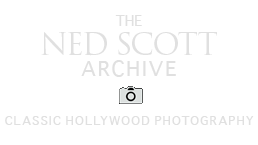
The Rudolph M. Schindler house for Henwar Rodakeiwicz was designed and built in 1937. This house was located on Alto Cedro Drive in Beverly Hills, California. Schindler was known for his innovative use of space, light and form. Henwar likely chose him to design his house because Henwar, being first and foremost a photographer like Ned Scott, Paul Strand and Edward Weston, appreciated the expansive use of light combined with clarity of form. These were essences inherent in Schindler designs.

The sweeping, vaulted exterior glass panel was cutting edge for its day, and Schindler placed the house on the lot so that this exterior elevation faced the northeast to catch the early morning light. The stoic imprint of this panel with its attending lintels and offsets reflected Henwar’s sense of purity, simplicity and order.

The encompassing impact of the design, together with its setting, goes right to the heart of Henwar’s creative spirit. A clue to this fact may be found in an April 1939 letter from Henwar to Ned Scott: Henwar distilled a definition of photography by saying “There is a language without words and so beautifully clear”. This same definition can be applied to the design of his Schindler house. It speaks its own language just as a good photograph does.

Living within the house was most likely more process than just mere experience. Interior spaces were suffused with outside scenery and natural forms, and new patterns were constantly forming and reforming within. As Henwar said in the same letter to Ned Scott, “It’s funny, isn’t it. The way some people work. With me it’s ‘eye’ and direct to heart. With others it’s ear to brain.” So perception was not worth anything unless heart ruled at the core of everything. For Henwar, this is what Schindler’s design captured.

